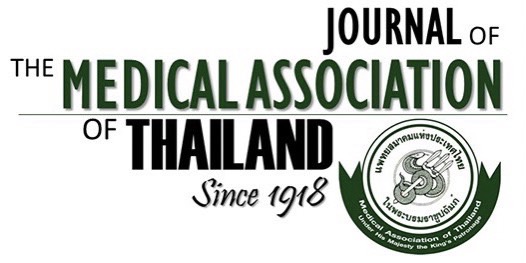Growth Kinetics of Rat Mesenchymal Stem Cells From 3 Potential Sources: Bone Marrow, Periosteum and Adipose Tissue
Tulyapruek Tawonsawatruk MD*,***,****, Antonio Spadaccino MRes*, Iain R Murray BMedSci, MRCSEd, Dip SEM***, Bruno P(cid:31)ault PhD**,***,*****, Hamish AHRWS Simpson BM, BCh, MA,FRCS, DM, PhD*
Affiliation : * Department of Orthopaedic, Royal Infirmary of Edinburgh Hospital, The University of Edinburgh, Scotland ** BHF Centre for Cardiovascular Science *** Centre for Regenerative Medicine, The University of Edinburgh, Scotland, UK, **** Department of Orthopaedic, Ramathibodi Hospital, Mahidol University, Thailand ***** Orthopaedic Hospital Research Centre, David Geffen School of Medicine at UCLA, University of California at Los Angeles, Los Angeles, United States
Objective : Mesenchymal stem cells (MSCs) have potential in orthopaedic applications as they are able to differentiate into
bone and cartilage. These cells can be isolated from a variety of adult tissues. Three sources that are relevant for orthopaedic
applications are bone marrow, periosteum and adipose tissue. The purpose of the present study was to compare the growth
kinetics and colony forming potency of rat MSCs from these sources.
Material and Method: Bone marrow from the femur, periosteum from the femoral diaphysis and adipose tissue from the
inguinal area of Wistar rats were harvested for MSC isolation. The cells from 2nd-4th passage from primary culture were
selected for study of their growth curves, population doubling time and colony forming ability using the percentage of colony
forming units and colony forming area as the outcome measure.
Results : The isolated cells from these 3 sources were capable of osteogenesis, chondrogenesis and adipogenesis. The growth
kinetics were compared using the growth curve and the population doubling time (PDT): bone marrow derived cells (PDT
= 3.99 days, SD = 1.19) and periosteum derived cells (PDT = 3.55 days, SD = 1.21) had faster growth kinetics than adipose
derived cells (PDT = 4.65 days, SD = 1.53). The percentage of colony forming units and the colony forming area from bone
marrow derived cells (% colony forming unit = 8.58, SD = 1.35 and % colony forming area = 25.12, SD = 7.31) and
periosteum derived cells (% colony forming units = 9.92, SD = 2.06, % colony forming area = 32.45, SD = 10.74) were
significantly greater (p < 0.05) than adipose derived cells (% colony forming units = 5.92, SD = 0.78, % colony forming area
= 15.80, SD = 9.035).
Conclusion : The growth kinetics and colony forming potency of MSCs from bone marrow and periosteum were comparable.
The bone marrow and periosteum should be a suitable source for MSC isolation. The growth kinetics of MSCs derived from
adipose tissue was lower than the other sources. Adipose tissue can be used as an alternative source as it is readily available
and dispensable.
Keywords : Mesenchymal stem cells, Bone marrow, Periosteum, Adipose tissue, Growth kinetics, Population doubling time, Colony forming units



